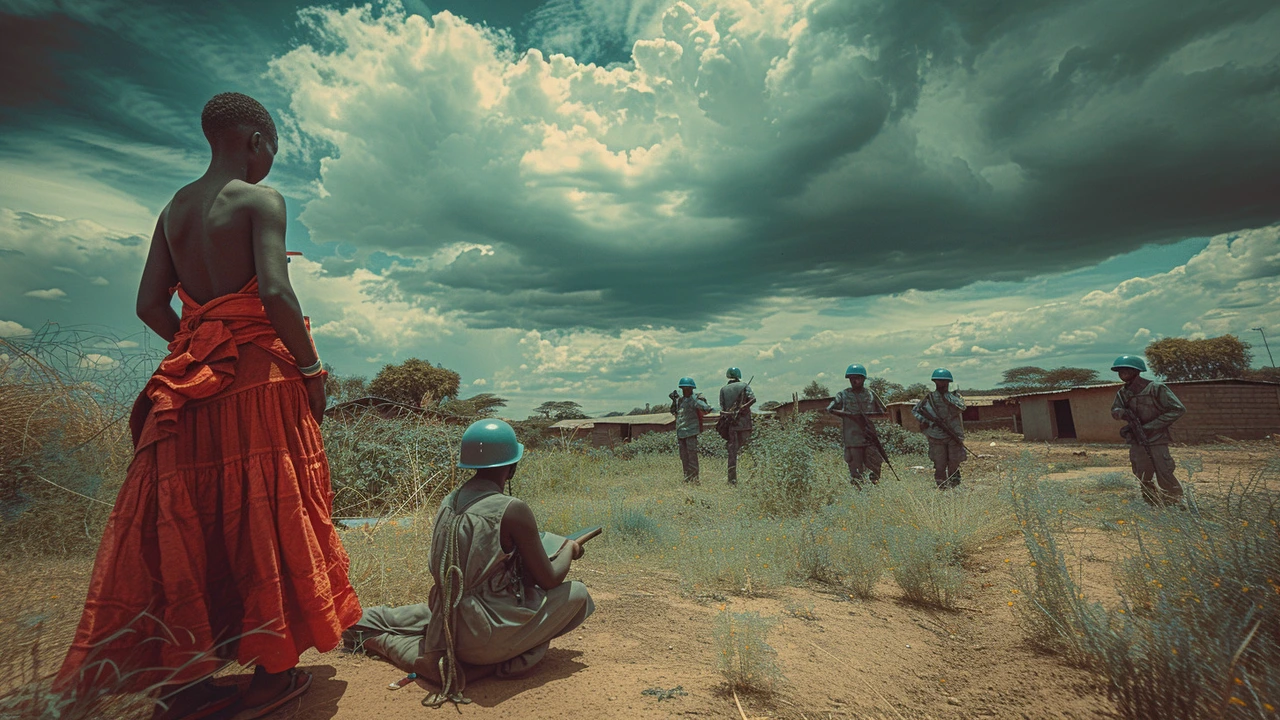More than just blue helmets, peacekeeping teams now touch everyday life in modern society—from stopping immediate violence to helping rebuild schools and markets. That’s a big shift from old, passive missions. Today’s peacekeepers act inside cities, work with local leaders, and use phones, drones, and data to reduce harm faster than ever.
Think about a town recovering from war. Peacekeepers secure roads so traders return. They train local police to handle disputes without force. They support food distribution and help restart clinics. Those are concrete changes that let people go back to work, send kids to school, and rebuild trust with neighbors.
Modern society has new pressures: urban growth, social media, and fast-moving misinformation. Peacekeepers respond by combining traditional patrols with community outreach and digital monitoring. For example, teams sometimes use social media analysis to spot rising tensions before they explode into violence. They also partner with local NGOs to run youth programs that reduce recruitment into armed groups.
Another big change is accountability. Citizens today expect transparency. Peacekeeping missions publish reports, open community centers, and hold public meetings. When people see who’s responsible and why decisions are made, trust grows and cooperation improves. That makes missions more effective and reduces long-term costs for rebuilding.
On the ground, effects are practical: safer markets, fixed water pumps, and restored schools. Peacekeepers often help run voter registration drives or train teachers so local systems can restart. Those steps may sound small, but they stop cycles of violence by giving people reasons to stay and invest in their towns.
If you live in a city far from conflict zones, you still feel the impact indirectly. Stable regions reduce forced migration, ease pressure on international aid, and lower the chance of conflicts spilling across borders. Stability helps global trade and keeps more money available for health and education—not emergency response.
Want to do something? Follow reliable news, support vetted humanitarian groups, and push for accountability from your leaders on peacekeeping funding and mandates. Ask how missions protect civilians and build local capacity rather than just holding territory.
Peacekeeping in modern society is not a one-size-fits-all fix. It’s a mix of security, local partnerships, and practical rebuilding. When it works, you see people going back to school, shops reopening, and young people choosing jobs over guns. That’s the kind of change that lasts.

In this deep dive, we explore the intricate role of peacekeeping in today's world, shedding light on its historical roots, the challenges it faces, and its impact on global stability. We scrutinize the evolution of peacekeeping missions, the complexities of modern-day conflicts, and the strategies employed to foster peace and security. This article aims to provide a nuanced understanding of peacekeeping efforts, emphasizing their significance in promoting peaceful coexistence and preventing conflicts in a rapidly changing global landscape.
